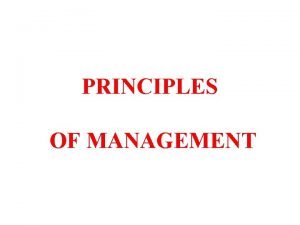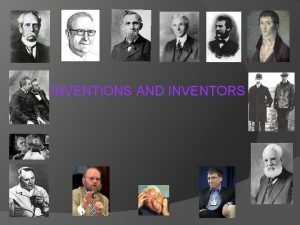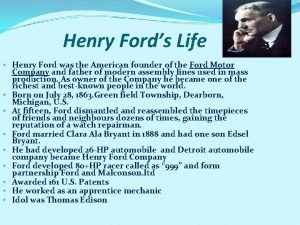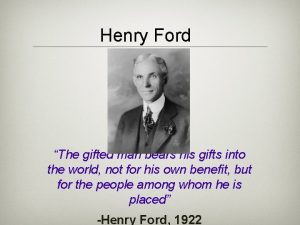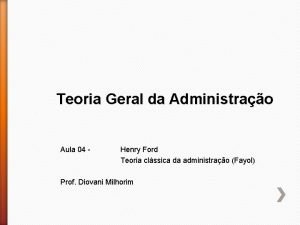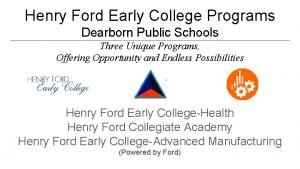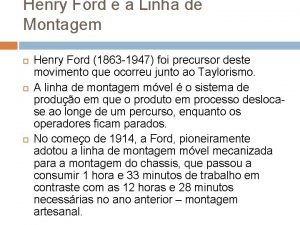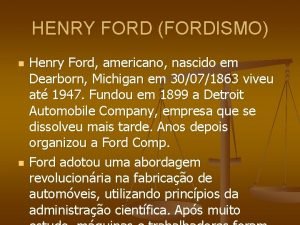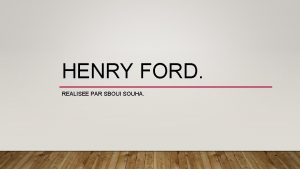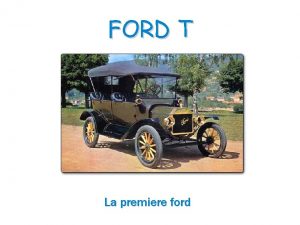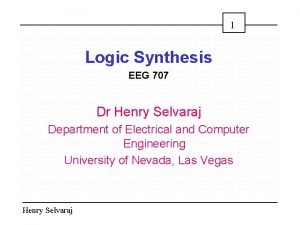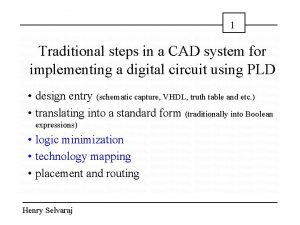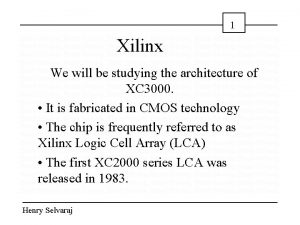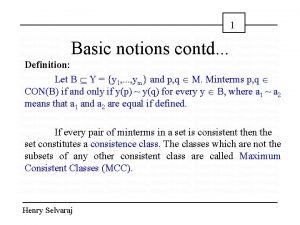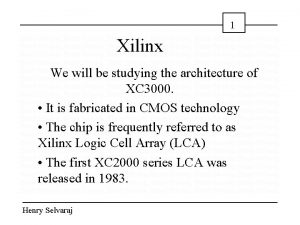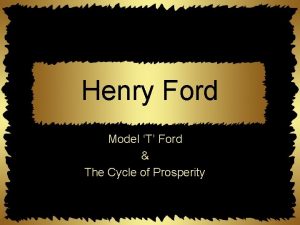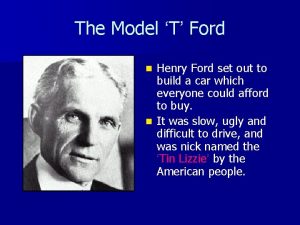Henry Ford The Model T Ford Henry Ford














- Slides: 14

Henry Ford

The Model ‘T’ Ford • Henry Ford set out to build a car which everyone could afford to buy. • It was slow, ugly and difficult to drive, and was nick named the ‘Tin Lizzie’ by the American people.

The Model ‘T’ Ford • The attraction of the Model T Ford was that its price never increased. • Costing $1200 in 1909, the price in 1928 was only $295. • By 1929 Ford was producing more than one car per minute

Mass Production • Ford was able to sell cars cheaply because they were mass-produced and every part was Standardized (only came in black and one engine size was available). • By producing large numbers of cars on an Assembly Line Ford needed fewer skilled workers, and that cut the cost of paying wages.

Mass Production Ford perfected the use of the Assembly Line to speed up production.

Key Quote – Henry Ford ‘A customer can have any color he likes for his car so long as it's black’ How would this have helped to cut production costs?

Assembly Lines ‘… each man and each machine do only one thing. . . the thing is to keep everything in motion and take the work to the man not the man to the work’ Henry Ford 1925

Car Industry More jobs are created in other industries. Steel Glass More Standardized parts are needed The Cycle of Prosperity! Jobs in Diners, Motels & Gas Stations. More Oil is used. Rubber Leather Mass productions & Standardization lead to increased car sales. More people with jobs means that they can afford to buy a car! More roads are built.

Car Production & Cycle of Prosperity • Car production used up 20% of America's steel, 80% of its rubber, 75% of its plate glass and 65% of its leather. • By the end of the 1920’s American cars used seven billion gallons of gas a year. • This helped to create jobs in the oil industry and made the oil state of Texas rich.

Aerial view of the Rouge plant in 1930 In 1929, there were 81, 000 men working in this one factory

Labor Unions • • Fought against labor unions Believed they only harmed productivity Was the last automaker to recognize the UAW A 1941 sit down strike forced Ford to finally recognize the union • Many of strikes in Ford’s plants resulted in violence and bloodshed

Politics • • Opposed both WWI and WWII He and Hitler admired each other’s accomplishments Hitler kept a life-sized portrait of Ford next to his desk Ford was awarded the Grand Cross of the German Eagle • The only American mentioned in Mein Kampf

Dearborn Independent • Purchased for Ford by his private secretary • Filled with articles relating to anti-immigration, anti-liquor, anti-Semitics

 Example of latin american city model
Example of latin american city model Henry ford 14 principles of management
Henry ford 14 principles of management Henry ford paternalistic leadership
Henry ford paternalistic leadership Henry ford famous inventions
Henry ford famous inventions Henry fords life
Henry fords life How did henry ford treat his workers
How did henry ford treat his workers Cisco ip phone 7965 voicemail
Cisco ip phone 7965 voicemail Fayol
Fayol Family guy analysis
Family guy analysis Henry ford early college application
Henry ford early college application Batova sustava riadenia
Batova sustava riadenia Henry ford last words
Henry ford last words Henry ford linha de montagem
Henry ford linha de montagem Which innovation helped henry ford realize his vision?
Which innovation helped henry ford realize his vision? Hát kết hợp bộ gõ cơ thể
Hát kết hợp bộ gõ cơ thể

